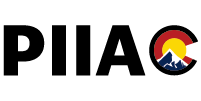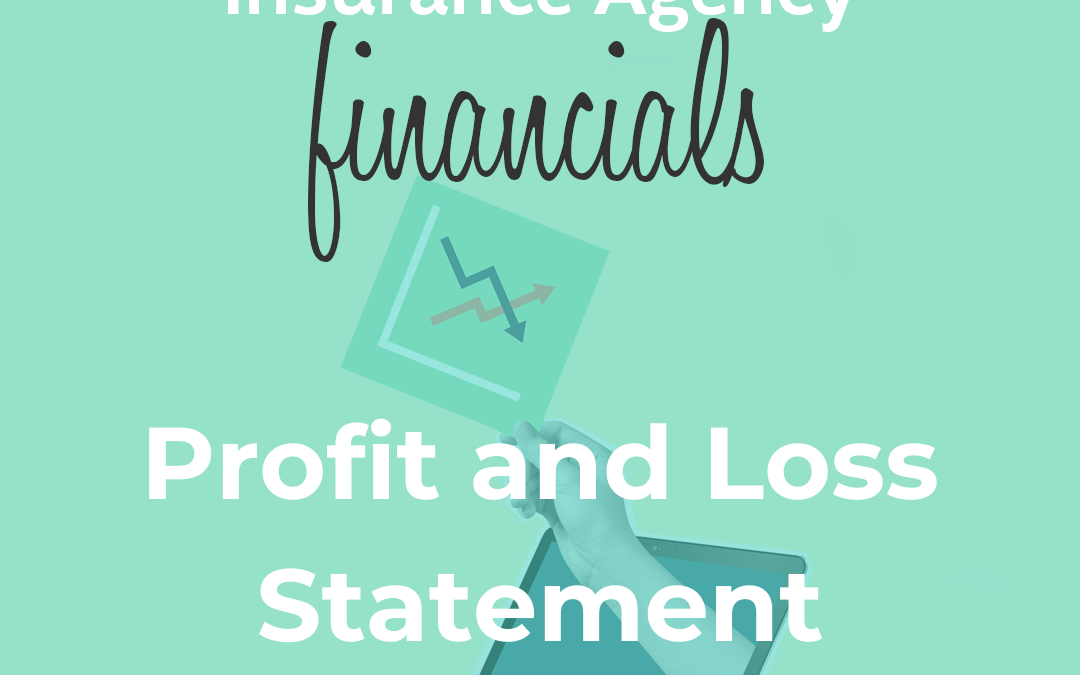Having an independent insurance agency is about more than just finding the right policies for your clients. It’s also about running a successful business and achieving your goals. Having accurate and organized profit and loss statements not only helps you see the agency’s financial performance but can also be used to measure other important key performance indicators (KPIs) such as operating profit, net income, and expense ratios.
Looking for a “best practices” sample of a P&L chart of accounts? Be sure to download our free resource at the end of the article.
What is a P&L Statement?
A Profit and Loss Statement, also commonly called an Income Statement, is a financial statement that provides a summary or detailed view of the agency’s revenue and expenses for a defined period of time.
Depending on the agency management system and accounting program you use, this report can have different names and formats. Here are a couple of examples:
- QuickBooks calls this report Profit and Loss and it can be found in the Business Overview report group. They also provide several versions of this report which display different data such as Comparison, Detail, by Class, by Month, etc.
- Vertafore’s AMS360 calls this report Income and Expense Statement and is found on the 360ToolBox menu within Classic Reports. AMS360’s report functions prompt you to select the criteria and filter options before generating the report and exporting it into your chosen format.
What’s in a P&L Statement?
Think of your P&L statement as a detailed snapshot of your agency’s financial health. It tracks two key things:
- What comes in (revenue): This includes commissions earned on insurance premiums, agency fees, and any other income your agency generates such as contingencies, interest, premium finance fees, and other sources of income.
- What goes out (expenses): This encompasses everything from rent and salaries to marketing costs and technology resources.
By subtracting your expenses from your revenue, you arrive at your net profit, the baseline measure of your agency’s financial performance. There are a few ways that profit can be measured so it’s important to organize your chart of accounts and account groupings to make valuable insights accessible.
The P&L Chart of Accounts.
Your P&L statement includes accounts that recognize revenue sources and expenses that are tied to the operations of the agency. It’s important to have an organized and clear chart of accounts, as well as policies that define how revenue and expenses are categorized. There isn’t a one size fits all chart of accounts for every agency, but there are some guiding principles that can make managing your finances easier.
- Revenue Streams: Depending on your accounting system there are multiple ways to recognize revenue. Whether you have separate accounts for commission per line of business such as P&C vs L&H, or separate accounts for Agency Bill vs Direct Bill, the main goal is to recognize revenue in a way that allows you to measure and analyze KPIs valuable for your agency.
- Quick tip: We recommend separating revenue accounts into two categories.
-
- Commission and Fee Income should include all commission and fees generated by the agency.
- Other Income should include all non-operating income like Interest Income, Premium Finance Income, Gain/Loss on Sale of Assets, and Contingency/Bonus Income.
- Compensation Expenses: This section tracks direct items tied to compensation expenses for the agency. This includes salaries, sales commissions, subcontracted payroll, and associated benefits such as payroll taxes, employee benefits insurance, retirement contributions, and other forms of employee compensation.
- Selling/Marketing Expenses: This section can include accounts such as Client Meals, Automobile Expenses, Advertising, and other expenses directly influencing selling activities taken on by staff.
- Operating Expenses: This section covers the everyday costs of running your agency, such as rent, utilities, office supplies, and IT expenses like software.
- Administrative Expenses: Or more specifically financing or executive expenses. Non-cash financing activities like depreciation and amortization, as well as interest paid, state or federal taxes, and officer life or additional officer benefits not afforded to employees.
Want a best practices sample for your chart of accounts? Be sure to download our free resource at the end of the article.
Using Your P&L as a Powerful Tool:
Your P&L statement isn’t just a document used to file your taxes. It’s a powerful tool that can help you:
- Know your numbers: By having an organized P&L statement you can quickly measure important metrics like Operating Profit, Compensation Ratio, Customer Acquisition Costs, Customer Service Costs, and more.
- Track your progress: Compare P&L statements over time to see if your revenue and expenses are moving in the right direction. Are you generating more income? Are you investing resources effectively?
- Identify opportunities: Analyze different sections of your P&L to spot areas for improvement. Knowing the multiple components between Selling/Marketing, Operating, and Compensation can provide insights into what levers generate the results you want to produce.
- Make informed decisions: Use your P&L data to guide crucial choices like hiring new staff, investing in new technology, or expanding your agency.
Beyond the P&L:
Remember, your P&L is just one piece of the financial puzzle. To get a complete picture of your agency’s health, you should also consider your balance sheet and cash flow statement. The P&L serves as a vital first step in understanding your finances and making data-driven decisions for your business, but using all of these statements together equip you to make informed decisions for your agency’s future.
Taking the First Step:
Want to take a deep dive into your agency’s P&L statement? Investing the time and effort to understand your P&L is an investment in your agency’s future.
Download our sample P&L Chart of Accounts resource and schedule a free 30-minute consult to see how AgencyFocus can help use your P&L as a more valuable resource for your agency. Note that AgencyFocus is not an accounting or bookkeeping firm, but offers Fractional CFO and Strategic Financial consulting to help agencies achieve their goals. If you are looking for bookkeeping or accounting services for your agency let us know and we would be happy to make a recommendation.


Recent Comments